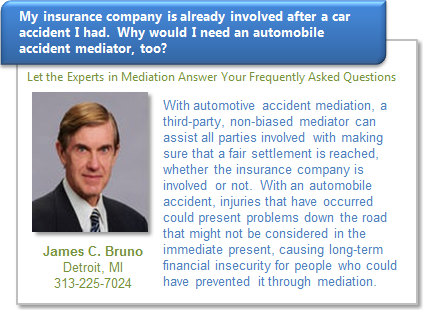Workplace discrimination—whether related to age, sex or race—is a common problem in American workplaces and one that should be quickly resolved to avoid loss of productivity. According to recent reports released by the U.S. Equal Employment Opportunity Commission (EEOC), workplace discrimination mediation has proven to be one of the most reliable and cost-effective methods for dealing with this problem efficiently and effectively, allowing companies and departments to get back to business as usual in a competitive market and challenging economic climate.
In a press release published at the beginning of the year, the EEOC announced a reported 99,412 charges related to private sector workplace discrimination during the prior year. Year-end data released for 2013 is expected to show similar numbers. While workplace discrimination is shown to be on the decline, it is still a major concern that affects productivity and brand image for many businesses. This decline is likely due to a greater awareness of the definition of workplace discrimination and how such practices can affect a business’s short-term and long-term goals.
In 2012, of the nearly 100,000 workplace discrimination cases reported, 37,836 were related to retaliation; 33,512 were related to race; and 30,356 were related to sex discrimination, including cases involving the alleged use of sexual harassment and discrimination related to pregnancy. However, it is important to realize that regardless of the reason workplace discrimination happens, such activity can decrease employee morale and set a negative tone for one’s working environment.
According to the EEOC’s own reports, the commission is placing a continued importance on conciliatory approaches to resolving workplace conflict, especially conflict that stems from discrimination. During 2012 alone, almost $36.2 million was secured for victims of unlawful workplace discrimination through alternative dispute resolution methods such as workplace discrimination mediation. Such payouts serve to assist victims in moving beyond the damaging psychological effects workplace discrimination can elicit; they also provide a solid incentive for companies to educate their managers on what workplace discrimination is and how it can be avoided.











